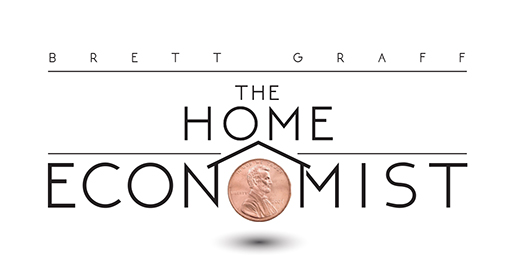Companies can confuse us with numbers and make fake claims. Here’s how to avoid getting tricked.
The only thing colder than the weather is the perhaps the people in our power companies’ billing departments who relentlessly send us invoices every month. And so spending money on insulation may seem to be the money-saving answer. And while, yes, the stuff helps keep the warm air inside – and energy-saving experts love it – sometimes the insulation companies’ claims are full of hot air, the Federal Trade Commission said today.
One company – Energy Conservation Specialists – was forced by the Feds to fork over to it’s customers a total of $350,000 because it swindled people by saying the product would slice their heating bills by 40 percent to 60 percent. Not only was that a big fat lie – our words, not the government’s – but the company also exaggerated the power of it’s product.
Turns out there’s a few tricks to buying insulation.
1) Ask about the (stay with us here a minute) R-Value. Before you put that on the list of words you don’t care to learn – along with carburetor – this one’s easy. The higher the R value the greater the insulation’s power. Plus, that lets you compare products. So even if one insulation is – get ready for some new words again – loose fill and another product comes in bats and rolls (okay now we’re impressed with our pulling off the use of these terms) if they have the same R-Value they have the same protection.
2) People who live in cold climates need a higher R-Value than people who live in warn climates.
3) Don’t use insulation with the same R-Value all over your home – the highest grades should go in attic and ceiling. In fact regardless of where you live, the U.S Department of energy recommends an R-level of at least 30 there. Most parts of the country can go up to R-60. With lower grades everywhere else.
4) If your company won’t give you the R-Value or you feel it’s too good to be true, contact the FTC online
.








Leave A Comment